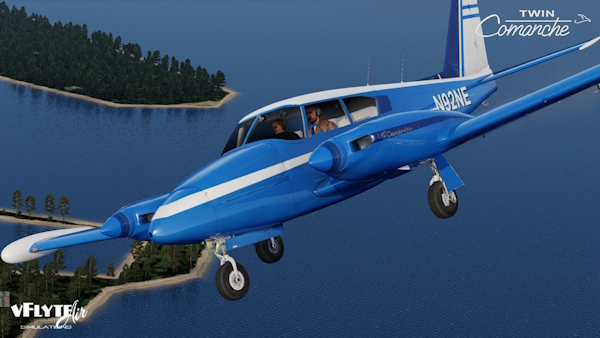Two new Black Square aircraft for Microsoft Flight Simulator are in development and scheduled for release later this year - see the In Development pages for screenshots and all the details!




13 July 2023
Two new Black Square aircraft for Microsoft Flight Simulator are in development and scheduled for release later this year – see the In Development pages for screenshots and all the details!
Black Square – Piston Duke
Black …




11 July 2023
Two new vFlyteAir GA aircraft have been fully rebuilt for X-Plane 12 with numerous new features.
If you bought one or both of the earlier X-Plane 11 editions from the Just Flight website, there's a code in your account giving you a 4…


23 June 2023
We are thrilled to announce the development of the Just Flight A300B4 Professional for Microsoft Flight Simulator. The first wide-body twin-jet aircraft and pioneer of extended twin operating procedures (ETOPS), the A300 first flew in 197…











20 June 2023
We're very much looking forward to attending the FlightSimExpo 2023 event at Houston's Lone Star Flight Museum this weekend (June 23-25) and the Just Flight crew will be located in Booth W2 of the Waltrip Hangar.
Martyn, Richard,…





12 June 2023
It's always pleasing to see FS aircraft being reviewed in the mainstream aviation press and we were delighted to see Airliner World – the best selling civil aviation magazine in the world – putting our 146 Professional for MSFS …
